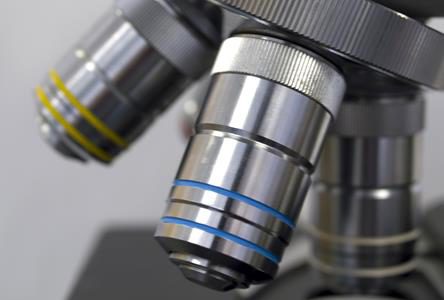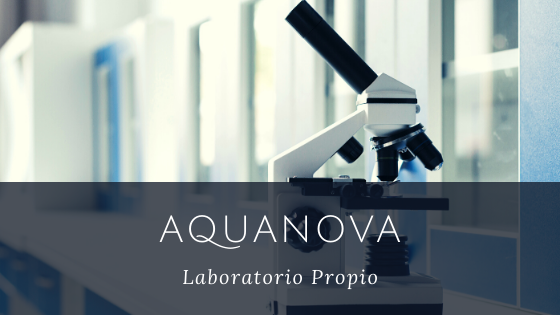¡Tu carrito está actualmente vacío!
When do I have drinking water?

[et_pb_section fb_built=»1″ _builder_version=»4.3.2″][et_pb_row _builder_version=»4.3.2″][et_pb_column type=»4_4″ _builder_version=»4.3.2″][et_pb_text _builder_version=»4.4.2″ hover_enabled=»0″]
Water is part of our body. And in what way! It makes up approximately 70% of our body. Hence, you can imagine that the sanitary conditions of the water we drink is not a trivial issue.
Water is also the purifying element of our body,through which the functions of disposal of the toxins that we generate in our body are enhanced, serves as a mechanism of temperature regulation (hence the importance of drinking it in a considerable amount in summer) and can also be key in the treatment or prevention of diseases.
The number of deaths caused by poor access to water is enormous. Most of them are in undeveloped countries but there are also cases in developed countries linked to water quality. In the words of the Director of the WHO (World Health Organization), Dr. LEE Jong-Wook: «Water and sanitation are one of the most important drivers of public health. In fact, I usually refer to them as Salud 101 since at the moment that access to water and adequate sanitation facilities is guaranteed, regardless of the improvement of the rest of the living conditions, a very important part of the battle against all kinds of diseases has been won.»
Let’s analyze where the drinking water comes from!
Drinking Water Sources
Drinking water can come from quite a few roads as it is a fairly abundant element on earth. Only depending on the source that comes they will need one type of treatment or another.
 Thus, the main sources of water are: the subsoil (through extraction in wells), surface waters (such as rivers, swamps and lagoons), sea water or water that comes from the melting of ice masses.
Thus, the main sources of water are: the subsoil (through extraction in wells), surface waters (such as rivers, swamps and lagoons), sea water or water that comes from the melting of ice masses.
As you can imagine, in general, surface water requires a little more treatment than water extracted from the subsoil. While this can change in many cases. But the one that has the highest cost for its treatment is seawater, since as such it is not drinkable and it is necessary to separate the high amount of salts found in it. Quite an expensive process.
When a water can be considered drinkable
The quality of water for human consumption has a strong European regulation, in particular through the Directive 98/83/EC. Regulations that Spain has transposed through Royal Decree 140/2003.
The features are quite detailed but we can simplify them in the following (if you want a detailed report with the conditions to be met you should contact us to inform you):
- Smell and taste are essential compounds as it can be an indication that indicates the existence of contaminants.
- Coloris another of the easiest indicators to recognize. Any color that is not crystalline is indicating to the naked eye that water contains some elements that contaminate it such as organic matter, iron or any other metal compound.
- The pH of water is one of the factors that most influences both that it is consumable by humans and that there are also no other contaminants present. Natural waters have a PH between 6 and 9.
- Presence of aluminum, mercury, lead fluoride, copper or chlorine above the permitted levels. They are compounds that can be present in water but that in an excessive way can lead to toxicity of the same.
- Concentrations of nitrites and nitrates. They are compounds that can be elevated frequently because it is filtered into the water by fertilizer from agriculture. This is what is known as the nitrification process.
- Presence of algae, which are quite frequent when the water comes from lagoons or reservoirs.
- Existence of bacteria: the number of bacteria that can exist are very numerous. But the most important are coliform bacteria, which are also quite dangerous for humans.
- Fungi, molds and yeasts: they can also be dangerous for man. In general, their presence will depend on the existence of organic matter in the water since they feed on it.
As you have seen some of the parameters, which we have presented here in such a summarized way are physical and can be seen by a mere visual examination. While others, and the most dangerous need a water analysis laboratory. In fact, it is best to carry out periodic checks or sampling.
The importance of regular water analysis
The first thing you will have noticed if you have come this far, is that there are many elements that contaminate the water and therefore can cause problems in the health of humans. In fact, there are more compounds that can contaminate it. Many more.
That is why it is very important to make water analyzes that serve as a mechanism to control the presence of any polluting element, since it can affect health causing even death and serious diseases to the people who consume it.
But it doesn’t end there. Some of the contaminants may be present at a sporadic time or disappear at a certain time. Let’s not forget that water is a living element,which runs through different parts of nature and can be affected like any ecosystem by some human actions.

Thus, for example, a well may be emitting or after ordinary treatment, good characteristics and therefore be drinking water. However, with the period of spring rains, which takes place after the fertilization of the land, a process of nitrification of the water can occur and therefore the water becomes un potable ceteris paribus.
In conclusion, the most appropriate is to carry out periodic analyses as well as to entrust this control to a competent company with its own laboratory,in order to carry out periodic analyses and sampling to guarantee the safety of the water that all families are consuming.
[/et_pb_text][/et_pb_column][/et_pb_row][/et_pb_section]


